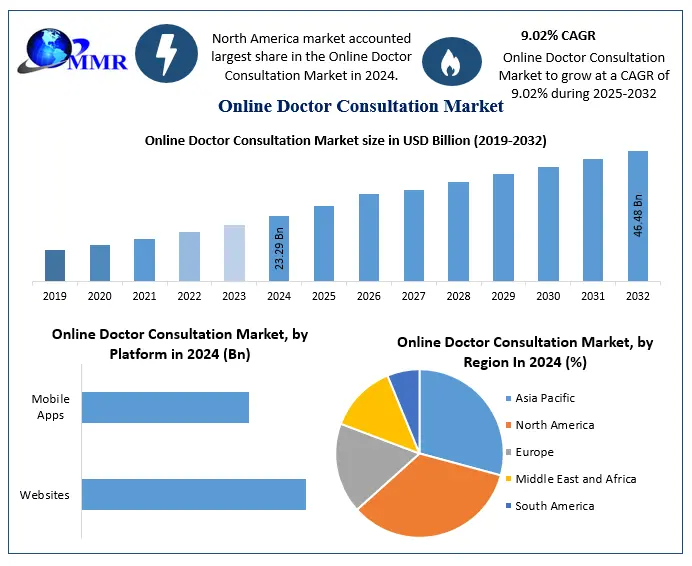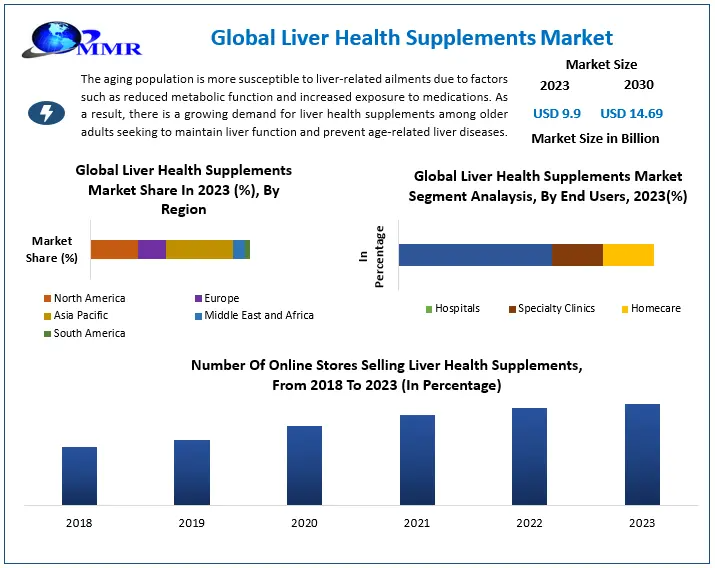Dermal Fillers Market Set to Surge to USD 9.88 Billion by 2032, Driven by Non-Invasive Aesthetic Trends
The Dermal Fillers Market is poised for significant growth, projected to reach USD 9.88 billion by 2032, expanding at a CAGR of 7.6% from its 2024 valuation of USD 5.50 billion. This surge is fueled by escalating demand for minimally invasive cosmetic procedures, advancements in filler technologies, and shifting consumer preferences towards non-surgical aesthetic enhancements.
Competitive Landscape and Regional Demand
Key industry players such as Allergan (AbbVie Inc.), Galderma, Merz Pharma, Sinclair Pharma, and Teoxane Laboratories are intensifying their R&D efforts to introduce innovative dermal filler solutions. The Asia-Pacific region is witnessing the highest demand, attributed to increasing disposable incomes, a burgeoning geriatric population, and heightened awareness of aesthetic procedures.
Growth and Consolidation in the United States
The United States remains a dominant force in the dermal fillers market, generating revenues of USD 2.73 billion in 2023, with expectations to reach USD 4.65 billion by 2030 at a CAGR of 7.9%. This growth is propelled by a high prevalence of aesthetic clinics, increasing acceptance of non-surgical procedures, and a substantial aging population seeking anti-aging solutions.
Notably, AbbVie Inc. secured FDA approval in February 2022 for JUVEDERM VOLBELLA XC, targeting infraorbital hollow improvements in adults over 21, reinforcing its market position.
Opportunities and Trends in Asia-Pacific
Asia-Pacific is emerging as the fastest-growing market, projected to grow at a CAGR of 9.1%, reaching approximately USD 2.4 billion by 2032. Countries like China, Japan, and South Korea are at the forefront, driven by cultural emphasis on beauty, rising medical tourism, and increased accessibility to aesthetic procedures.
The region’s growth is further supported by a 75% increase in younger consumers opting for preventative fillers, influenced by K-beauty trends and social media proliferation.
Trends and Updation in Europe
Europe holds a significant share of the dermal fillers market, valued at around USD 1.5 billion in 2023, with a steady growth rate projected at a CAGR of 6.8%. The demand is driven by an aging population, increased focus on anti-aging treatments, and the presence of key market players.
Countries like Germany, France, and the UK are leading the market, with a notable 65% growth in demand for hyaluronic acid fillers. Medical tourism in countries like Turkey and Spain is also contributing to market expansion.
Consolidation and Growth in the Middle East & Africa
The Middle East & Africa region is experiencing significant growth, with a 50% increase in demand for dermal fillers, driven by luxury aesthetic procedures in high-income areas such as the UAE and Saudi Arabia. The rise in medical tourism and the establishment of advanced cosmetic clinics are further propelling market growth.
Investments in healthcare infrastructure and increasing awareness of non-surgical aesthetic treatments are expected to sustain this growth trajectory.
Recent Developments and Strategic Partnerships
In a strategic move, L’Oréal acquired a 10% stake in Swiss skincare company Galderma for approximately $1.85 billion, marking its reentry into the injectable aesthetics market. This partnership aims to bolster R&D efforts in developing innovative injectable aesthetic solutions.
Additionally, Galderma launched RESTYLANE EYELIGHT in Canada in May 2023, a hyaluronic acid injectable dermal filler designed to reduce under-eye grooves, expanding its product portfolio.
Conclusion
The global dermal fillers market is undergoing transformative growth, fueled by technological advancements, shifting beauty standards, and increasing preference for non-invasive procedures. With a projected CAGR of 7.6% and an estimated market value of USD 9.88 billion by 2032, the industry shows no signs of slowing down.
Key regions such as the United States, Asia-Pacific, Europe, and the Middle East & Africa are contributing uniquely to this expansion—be it through innovation, rising consumer demand, or strategic consolidations. Companies like Allergan, Galderma, Merz Pharma, and Teoxane Laboratories continue to shape the competitive landscape through R&D, acquisitions, and product launches.



